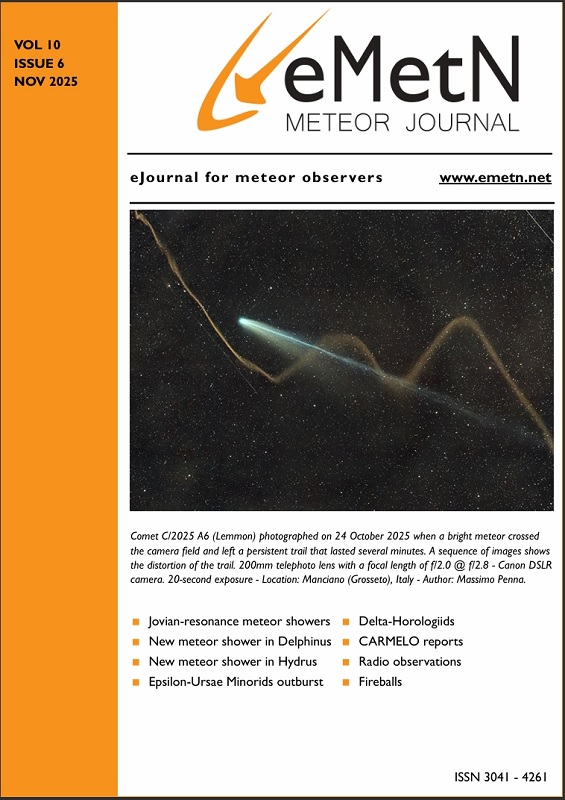Meteor Activity Outlook for 8-14 July 2017
During this period the moon reaches its full phase on Sunday July 9. At that time the moon will rise near dusk and set near dawn. Since the brilliant moon lie above the horizon most of the night, it will be difficult to observe meteor activity.
Read More



